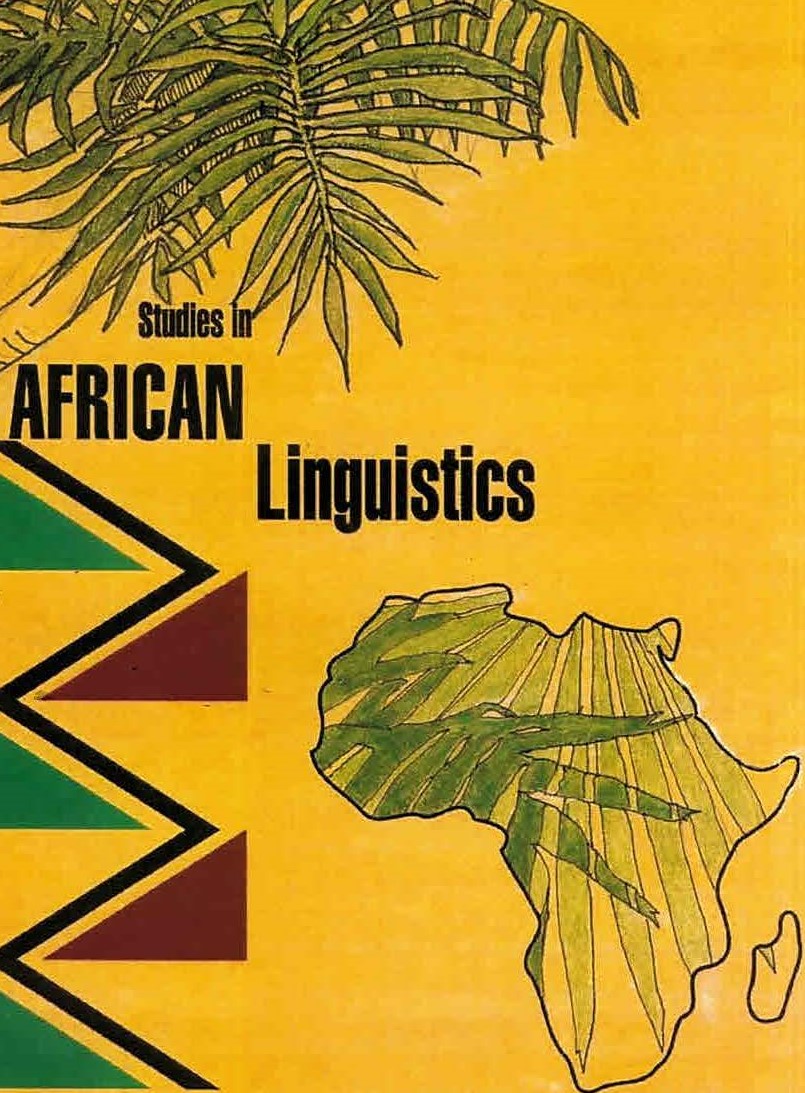Separation events in Tafi language and culture
DOI:
https://doi.org/10.32473/sal.v47i1.107650Schlagworte:
CUT and BREAK verbs, inchoative alternation, lexicalization, Tafi, Ewe, CollocationsAbstract
Separation events differ in lexicalisation patterns (Talmy 2000) and in argument realisation (Levin and Rappaport Hovav 2005) cross-linguistically. There are different types of separation events. “Cutting” and “breaking” events involve a non-reversible change in object integrity and have been systematically researched cross-linguistically in recent times (Guerssel et al 1985; Bohnemeyer 2008; Majid et al. 2008; Schaefer and Egbokhare 2012). In this paper, some of the generalisations that have been made concerning CUT and BREAK verbs are tested based on data from Tafi, a Ghana-Togo Mountain language. I investigate the morpho-syntactic properties of Tafi CUT and BREAK verbs in relation to a suggested generalisation by Guerssel et al. that BREAK verbs have a transitive/intransitive argument structure and participate in the causative/inchoative alternation; while CUT verbs are transitive and they are not expected to occur without their external argument. The types of events referred to by the CUT and BREAK verbs and the combinatorial capacity of the individual verbs are also explored. Based on an analysis of stimulus-elicitations and spontaneous language performances recorded in the field, I show that the Tafi verb bhui ‘cut’ can be used in an intransitive/resultative construction in which the theme, the internal argument, occurs as the subject. Drawing on the behaviour of bhui ‘cut’ I interrogate the explanations that have been offered in the literature with respect to such deviations from the generalisation. I argue that the verb argument alternation potential of a verb depends on the verb semantics as well as the type of (internal) argument it collocates with. Moreover, I explore the semantic interpretations of the verb when it combines with non-typical objects such as ‘water’. I show that such patterns and collocations such as ‘the water cut’ = ‘the water stopped running’, ‘cut a village’ = ‘establish a village’ are areal in nature (cf. Huttar et al. 2007).
Veröffentlicht
Versionen
- 2021-09-03 (2)
- 2018-12-11 (1)
Ausgabe
Rubrik
Lizenz
Copyright (c) 2018 Mercy Bobuafor

Dieses Werk steht unter der Lizenz Creative Commons Namensnennung - Nicht-kommerziell 4.0 International.


